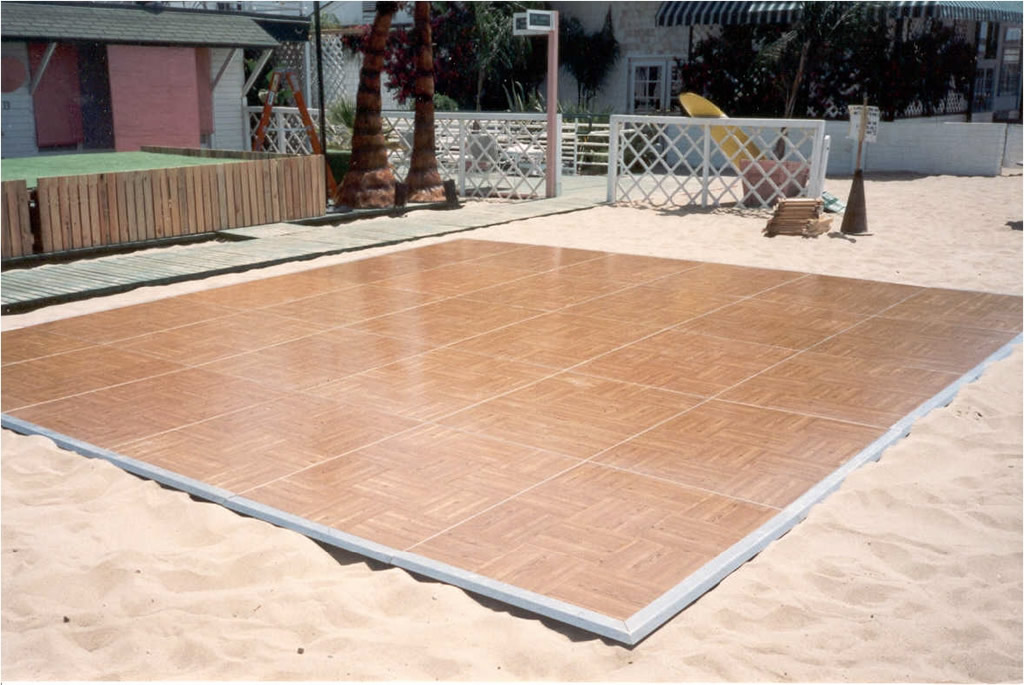
The primary colors are red, blue, and yellow. These colors cannot created by mixing different colors together. Intermediate colors, such as emerald, orange, and purple, are created by combining primary colors. Tertiary colors are formed by mixing a primary hue with a secondary hue. Understanding these fundamental connections helps creators select hues that enhance one another and produce a aesthetically pleasing show. Mixing these colors on an LED dance floor can lead to vibrant and stimulating outcomes that attract the focus of dancers.
Color temperature also plays a key part in aesthetics. Colors can be categorized as hot or chill. Warm hues, such as crimson, tangerine, and golden, often to evoke feelings of excitement and warmth. In contrast, cool colors like blue, emerald, and violet typically create a calm and soothing atmosphere. Creators can utilize these hue temperatures to set the mood for various kinds of occasions. For instance, a party environment may benefit from hot hues that invigorate the crowd, while a more relaxed occasion might employ cool colors to provide a Full Report calming influence.
In addition to hue combinations and temperature, luminosity and intensity are essential elements to consider. Luminosity refers to how light or dark a hue looks, while intensity measures the intensity of a hue. Vivid, intense colors can generate a lively and lively environment, ideal for dancing floors. On the other hand, gentler, less intense hues can generate a further subdued environment. Through manipulating brightness and intensity, designers can draw focus to specific areas of the dance floor or establish visual pathways, leading participants through the space.
Ultimately, it is essential to take into account the emotional effects of hue in LED dancing surface designs. Different colors can elicit different emotions and responses. For instance, crimson is frequently linked with zeal and energy, while blue can be soothing and tranquil. Understanding these associations allows creators to tactically use colors to influence the actions of participants. By integrating hue theory into LED dance floor designs, designers can enhance the overall special info encounter, rendering it memorable and enjoyable for all participating.